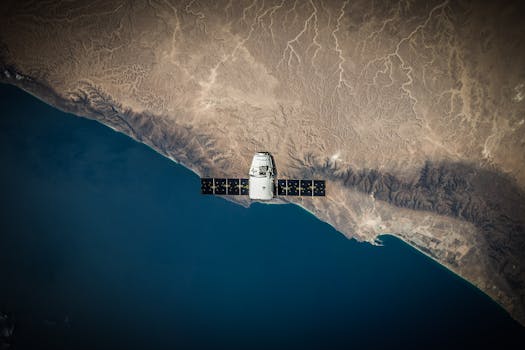
Introduction to LEO Satellites
LEO satellites, or Low Earth Orbit satellites, are artificial satellites that orbit the Earth at an altitude of around 160 to 2,000 kilometers. The Focus Keyword LEO satellites have been gaining attention in recent years due to their potential to revolutionize global connectivity. With the ability to provide high-speed internet, navigation, and communication services, LEO satellites are poised to transform the way we live and work.
Benefits of LEO Satellites
One of the primary benefits of LEO satellites is their ability to provide low-latency communication services. Unlike traditional geostationary satellites, which orbit the Earth at a much higher altitude, LEO satellites can communicate with Earth-based stations in real-time. This makes them ideal for applications such as video conferencing, online gaming, and remote healthcare. Additionally, LEO satellites can provide high-speed internet access to remote and underserved communities, bridging the digital divide and promoting economic growth.
Applications of LEO Satellites
LEO satellites have a wide range of applications, from navigation and communication to environmental monitoring and disaster response. For example, LEO satellites can be used to track weather patterns, monitor ocean currents, and detect natural disasters such as hurricanes and wildfires. They can also be used to provide navigation services, such as GPS, and to enable remote sensing applications, such as crop monitoring and land use mapping.
Challenges and Limitations of LEO Satellites
While LEO satellites offer many benefits, they also pose several challenges and limitations. One of the primary challenges is the cost of launching and operating a constellation of LEO satellites. Additionally, LEO satellites have a relatively short lifespan, typically ranging from 5 to 10 years, which means that they need to be replaced frequently. Furthermore, LEO satellites can contribute to space debris, which can pose a risk to other satellites and spacecraft.
Future of LEO Satellites
Despite the challenges and limitations, the future of LEO satellites looks promising. With advancements in technology and reductions in costs, LEO satellites are becoming increasingly accessible to governments, businesses, and individuals. Several companies, such as SpaceX and OneWeb, are already launching constellations of LEO satellites to provide global internet connectivity. As the demand for LEO satellites continues to grow, we can expect to see new applications and innovations emerge, transforming the way we communicate, navigate, and access data.




